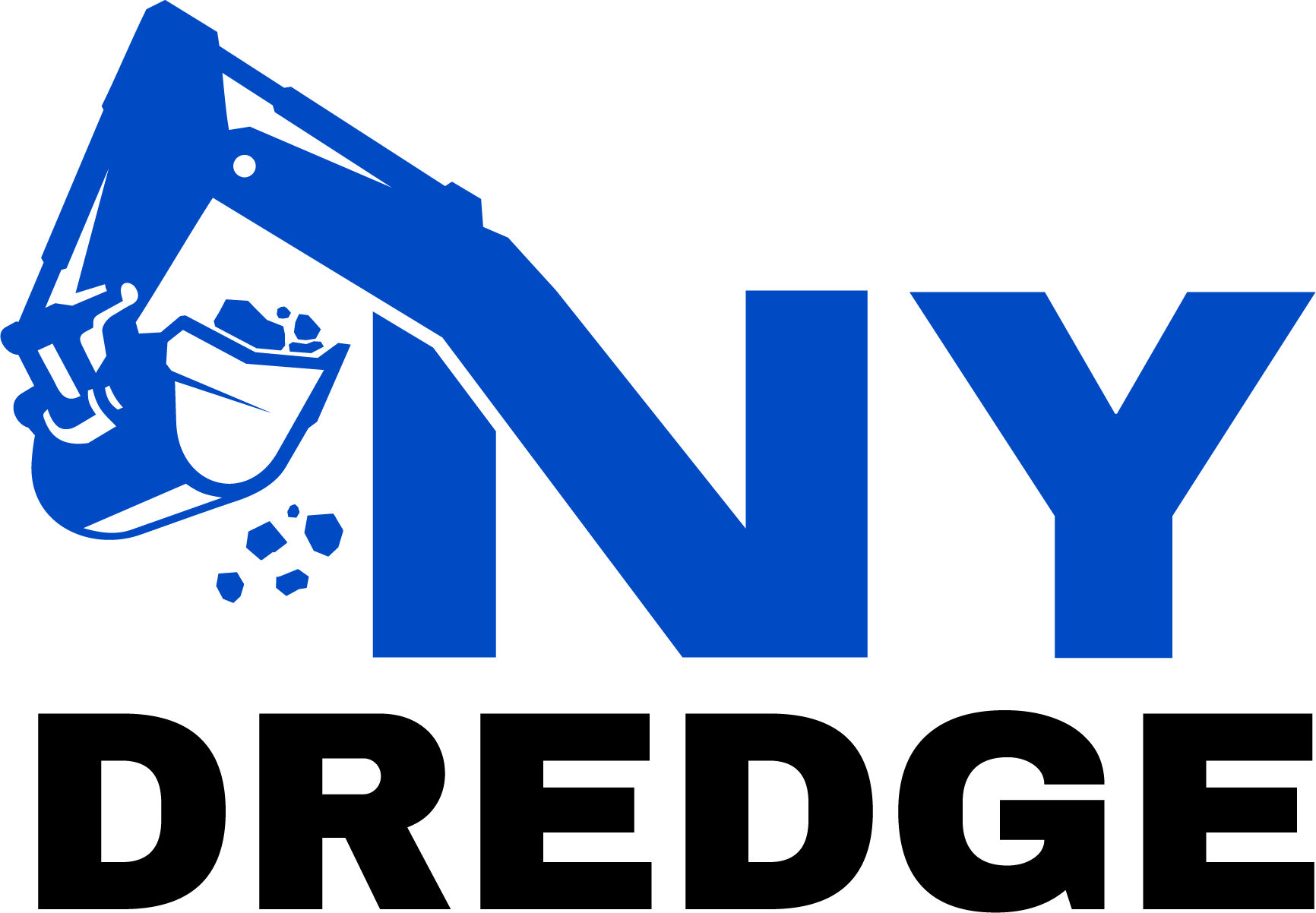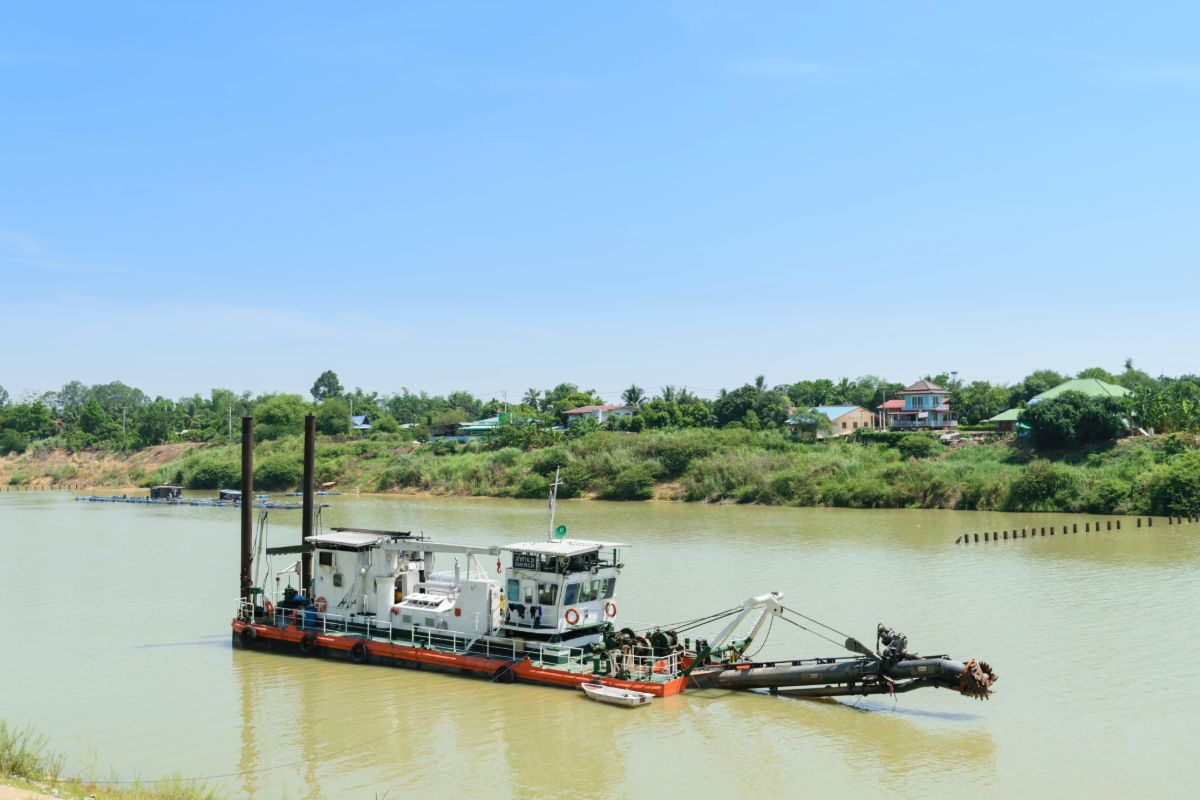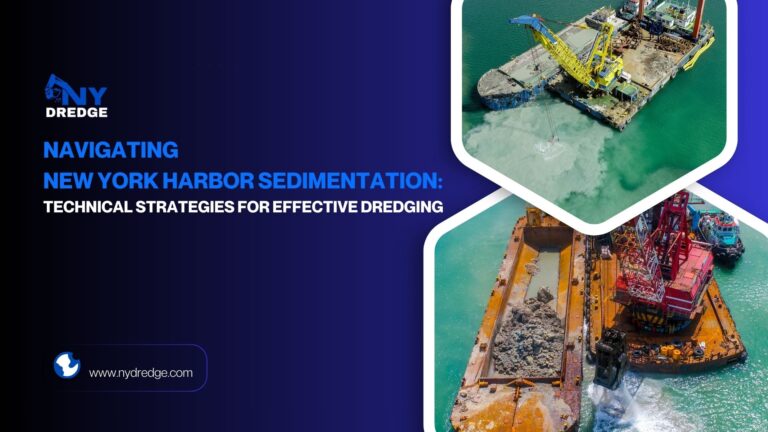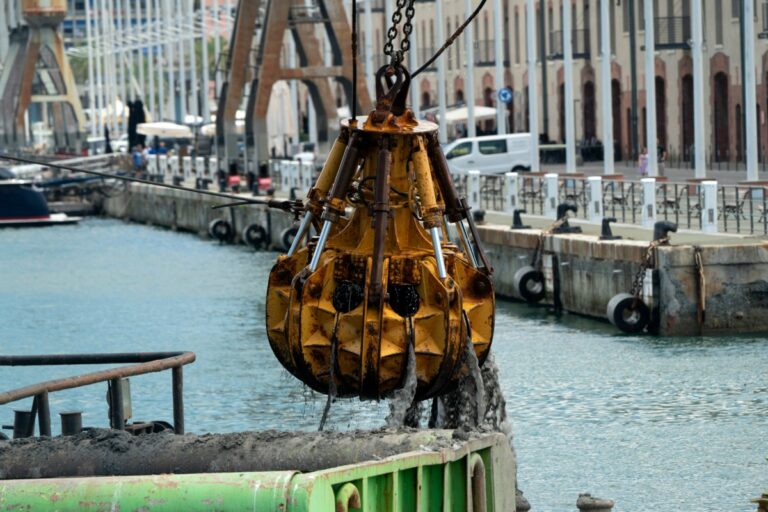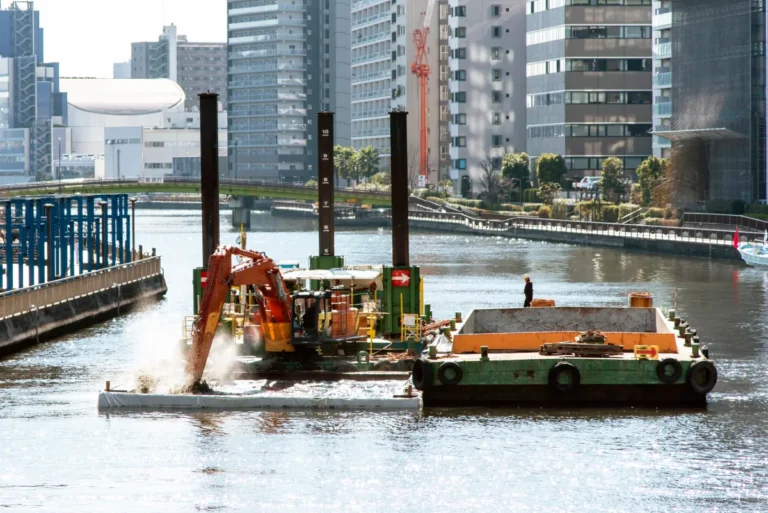Renting dredging equipment offers a cost-effective and flexible solution for various dredging projects, providing access to specialized machinery without the long-term commitment of ownership. Whether you’re working on a small-scale dredging operation or a large, complex project, choosing the right rental equipment and managing it effectively is key to maximizing efficiency and minimizing costs. From proper maintenance and scheduling to establishing clear communication with rental providers, understanding how to maximize the benefits of your dredge rental ensures that your project runs smoothly and stays on track.
Types of Dredging Equipment Available for Rent
Cutterhead Dredges
Cutterhead dredges are essential in the dredging industry, particularly when working in hard or compacted materials, such as clay or rock. These dredges use rotating cutterheads to break up the sediment, making it easier to pump away.
- Types of Cutterheads:
- Conventional Cutterheads: Standard cutterheads are designed for general-purpose dredging, suitable for most types of sediment.
- Chain Cutterheads: Equipped with chains that move along the bottom, ideal for loosening harder materials or compacted sediments.
- Auger Cutterheads: Designed with an auger screw to collect material, these are often used for soft sediment and are efficient in sand or gravel operations.
- Conventional Cutterheads: Standard cutterheads are designed for general-purpose dredging, suitable for most types of sediment.
Cutterhead dredges, available for rental, offer a flexible solution for a wide range of dredging projects. Renting a cutterhead dredge can be a cost-effective solution for short-term or specialized projects, eliminating the need for a significant capital investment.
Booster Pumps
Booster pumps play a critical role in hydraulic dredging operations by maintaining the required pressure and flow for transporting dredged materials over long distances. These pumps enhance the efficiency of dredging by providing additional power to the system.
- Role of Booster Pumps:
Booster pumps are essential for increasing the discharge pressure, especially in long-distance pumping or when the material being dredged is heavy or has high viscosity. They help maintain consistent flow rates, ensuring that dredged materials are pumped efficiently.
- Factors Influencing the Choice of Booster Pump:
- Distance to Pumping Site: The further the distance, the more powerful the booster pump required.
- Type of Material Being Dredged: Viscous or dense materials may require higher-pressure pumps.
- Pump Size and Capacity: Larger projects may need multiple booster pumps to handle high volumes of material.
- Distance to Pumping Site: The further the distance, the more powerful the booster pump required.
Renting a booster pump is an ideal solution for projects that require temporary, high-efficiency pumping systems without long-term commitments.
Dredge Pumps
Dredge pumps are specialized pumps used to transport sediment and water from the dredging site to a discharge location. Depending on the project requirements, several types of dredge pumps are available for rent as part of dredging equipment.
- Types of Dredge Pumps:
- Centrifugal Pumps: These are the most commonly used pumps for dredging operations, providing high flow rates with moderate pressure.
- Positive Displacement Pumps: These pumps are used when high pressure and consistent flow are required, particularly in tough or dense materials.
- Centrifugal Pumps: These are the most commonly used pumps for dredging operations, providing high flow rates with moderate pressure.
- How to Select the Right Dredge Pump:
- Material Type: The pump type should match the sediment’s density and composition.
- Required Flow Rate: High-flow centrifugal pumps are ideal for large projects, while positive displacement pumps may be needed for more challenging conditions.
- Material Type: The pump type should match the sediment’s density and composition.
Renting a dredge pump provides an affordable way to access high-performance pumps without the expense of purchasing permanent equipment, especially for short-term or specialized projects.
Dredge Excavators and Attachments
Dredge excavators are key to material excavation during dredging projects, offering versatility in digging, lifting, and handling material. These machines can be fitted with various attachments to meet the demands of specific dredging tasks.
- Function of Dredge Excavators:
Excavators equipped with specialized buckets or grabs are used to dig into the sediment and lift materials onto a barge or other transportation system.
- Attachments Available for Dredging Tasks:
- Grabs: Used for bulk handling of dredged materials.
- Buckets: Various sizes of buckets can be fitted to excavators for dredging different materials, from soft mud to harder clay.
- Hydraulic Shears: Ideal for cutting and handling specific types of debris in dredging operations.
- Grabs: Used for bulk handling of dredged materials.
Renting dredge excavators and attachments allows you to avoid the substantial investment needed for purchasing this equipment, offering flexibility to meet the specific needs of any dredging project.
Dredging Gear (Hoses, Floats, and More)
Dredging gear, including hoses and floats, is essential for the efficient functioning of dredging operations. These components are used to transfer material and ensure the dredging process operates smoothly.
- Types of Dredging Hoses Available for Rent:
- Slurry Hoses: Designed for transferring slurry from the dredge to the discharge area.
- Discharge Hoses: Used to carry dredged materials and water to the disposal site.
- Slurry Hoses: Designed for transferring slurry from the dredge to the discharge area.
- Importance of Hoses and Floats:
- Hoses: Critical for maintaining the flow of materials through the dredging system.
- Floats: Ensure the hoses remain buoyant, preventing them from sinking or becoming clogged.
- Hoses: Critical for maintaining the flow of materials through the dredging system.
Other essential equipment, such as pontoons and slurry agitators, can also be rented, helping to maintain operational efficiency during the dredging process.
Dredging Support Equipment
Dredging support equipment ensures that the entire dredging process, from material excavation to disposal, runs smoothly.
- Equipment for Transporting and Handling Dredged Material:
- Barges: Used for transporting dredged materials away from the dredging site.
- Conveyors: Help move materials from the dredge to the transport system.
- Barges: Used for transporting dredged materials away from the dredging site.
- Auxiliary Equipment for Monitoring and Controlling Dredging Systems:
- Automated Sensors: Used to monitor dredging depth, sediment type, and material flow.
- Control Systems: Help in managing the entire dredging process, ensuring safety and efficiency.
- Automated Sensors: Used to monitor dredging depth, sediment type, and material flow.
Renting dredging gear rental equipment, such as barges or automated sensors, provides flexibility and cost-effectiveness for short-term or specialized projects without long-term commitments.
Benefits of Renting Dredging Equipment
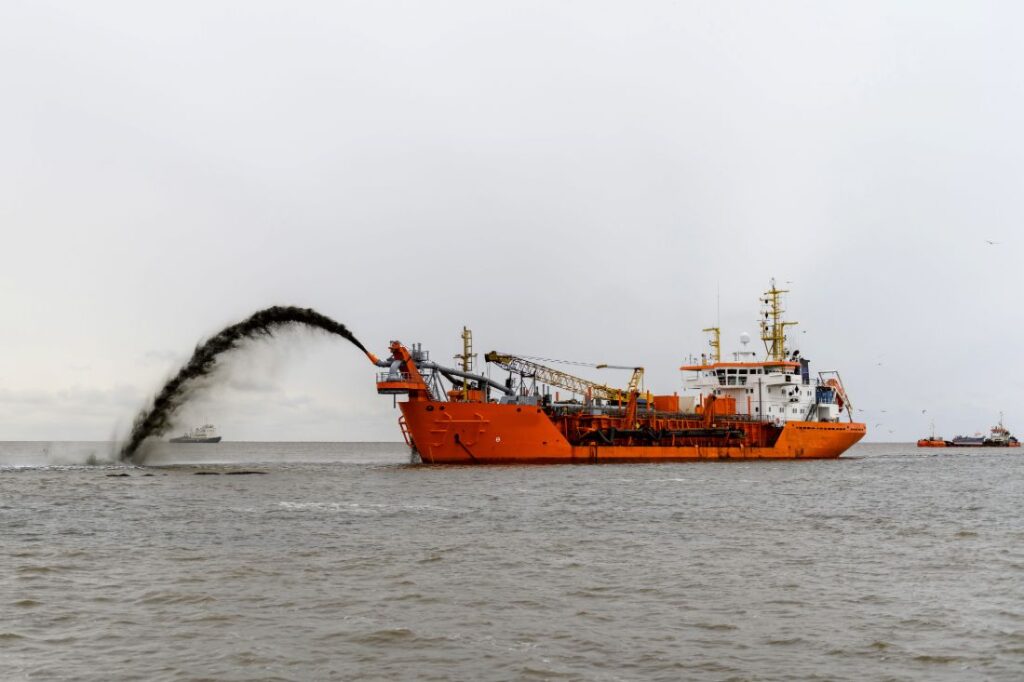
Cost Efficiency
Renting dredging equipment eliminates the need for a significant upfront capital investment in expensive machinery. This is especially beneficial for projects with limited budgets or those that only require equipment for a short period.
- No Upfront Capital Investment: When you rent dredge equipment, you avoid the high costs associated with purchasing machinery, which can be a significant financial burden.
- Reduced Operational and Maintenance Costs: Owning dredging equipment comes with ongoing operational expenses, including maintenance, repairs, and fuel costs. With dredging equipment rentals, these costs are reduced as the rental company typically handles maintenance and repair.
- Flexibility in Project Costs: Renting dredging gear allows you to pay only for the equipment you need, when you need it. Whether the project is short-term or long-term, renting provides the flexibility to adjust equipment costs based on the project’s duration and requirements.
Reduced Storage and Maintenance Costs
Renting dredging equipment also means you avoid the high costs of storing and maintaining equipment between projects.
- Avoidance of Long-Term Storage Fees: Purchasing dredge equipment requires long-term storage, whether at a facility or on-site, which can incur significant costs. Renting equipment eliminates these fees, as the equipment is returned once the project is complete.
- Less Responsibility for Maintenance and Repair: When you rent, the responsibility for routine maintenance and any necessary repairs is generally transferred to the rental company. This means fewer operational disruptions and no additional costs for keeping equipment in working order.
Access to the Latest Technology
Renting dredging equipment gives you access to the most advanced and efficient technology available, ensuring your project is completed with the latest tools.
- Access to Modern, Specialized Equipment: Rental companies often invest in the latest dredging technologies, allowing you to use equipment tailored to your specific needs without the long-term commitment of ownership.
- No Burden of Ownership: Renting dredge equipment enables you to use the best equipment without the responsibility of maintaining outdated or less efficient machines. This can improve your project’s productivity and reduce operational inefficiencies.
Scalability and Flexibility
One of the key advantages of renting dredging equipment is the ability to scale your operation up or down according to the project’s size and requirements.
- Scale Operations Based on Project Demands: Renting enables you to adjust the amount of equipment you use according to the project’s phase, site conditions, and timeline. Whether the project requires small-scale equipment or heavy-duty dredging machines, rental options provide the flexibility to adapt.
- Rent Equipment for Specific Phases or Environmental Conditions: Different phases of a dredging project or varying environmental conditions may require specialized equipment. With dredging gear rental, you can rent different types of equipment as the project progresses, ensuring that you have the right tools for the job without the need for costly investments in unused equipment.
Key Considerations When Renting Dredging Equipment
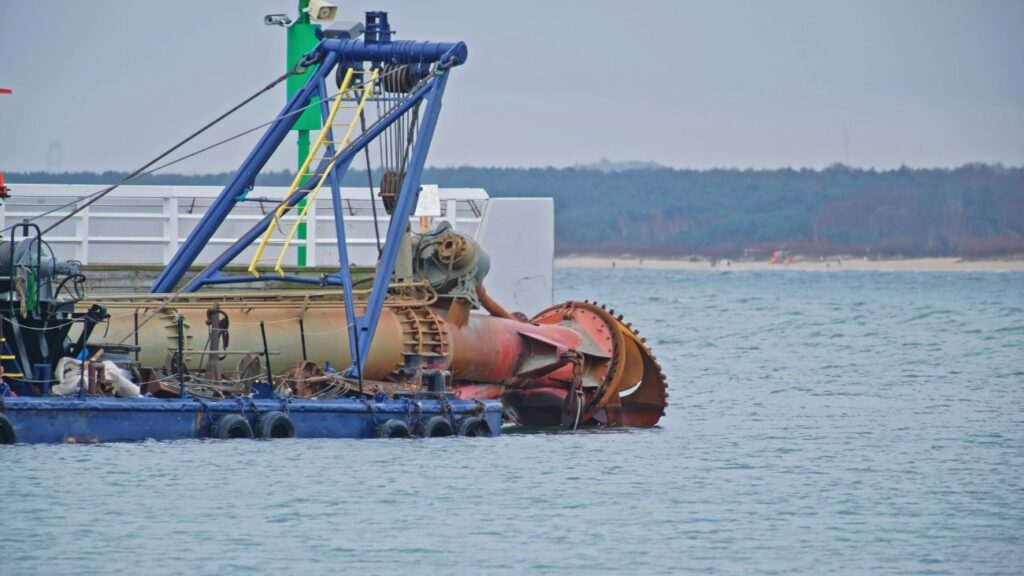
Assessing Project Needs
Before renting dredging equipment, it is essential to carefully evaluate the specific needs of your project to ensure that the right equipment is selected.
- Evaluating the Type and Size of Dredging Equipment Required: Different dredging projects require different types and sizes of equipment. Consider factors such as the type of material being dredged (e.g., sediment, rock, debris), water depth, and project scale. This evaluation will help determine whether you need dredge equipment such as cutterhead dredges, booster pumps, or dredge excavators.
- Determining Rental Durations and Their Impact on Cost-Effectiveness: The duration of your project will significantly impact the rental cost. Short-term rentals may be more affordable for small-scale projects, but long-term rentals could be more economical for extended operations. Be sure to assess the expected project timeline to determine the most cost-effective rental duration for the required dredging gear rental.
Understanding Rental Agreements
Once you’ve determined the type and size of equipment required, the next step is to carefully review the rental agreement to ensure that all terms are clear and favorable for your project.
- Overview of Standard Rental Terms: Standard rental agreements typically outline key terms, including rental duration, equipment maintenance responsibilities, and associated costs. It’s essential to understand who is responsible for the upkeep of the equipment during the rental period. Some agreements may include maintenance and repair services, while others may charge an additional fee for these services.
- Clarifying the Scope of the Rental Agreement: It is essential to define what is included in the dredge rental agreement clearly. This may include delivery and setup of the equipment, training or technical support, and any necessary accessories (e.g., hoses, floats). Ensure that the rental agreement outlines the exact services provided to avoid unexpected costs or delays.
Vendor Selection
Choosing the right rental vendor is just as important as selecting the right equipment for your project. A reliable vendor can ensure smooth operations throughout the dredging process.
- Key Factors to Consider When Choosing a Rental Vendor:
- Reputation: Look for a rental company with a solid track record of delivering quality dredging equipment rentals. Online reviews, referrals, and past project experience are reliable indicators.
- Customer Support: Select a vendor that provides robust customer support, including equipment troubleshooting assistance, operational guidance, and emergency response services as needed.
- Equipment Availability: Ensure that the vendor has the necessary dredge equipment available at the required time, particularly during peak project seasons.
- Reputation: Look for a rental company with a solid track record of delivering quality dredging equipment rentals. Online reviews, referrals, and past project experience are reliable indicators.
- Benefits of Working with a Reputable Dredging Equipment Rental Company:
Working with a reputable vendor ensures high-quality, well-maintained dredging gear rental that is ready for use. Reliable vendors often provide well-maintained equipment, timely delivery, and comprehensive support, ensuring that your project stays on track without unnecessary delays or complications.
Tips for Maximizing the Value of Dredging Equipment Rentals
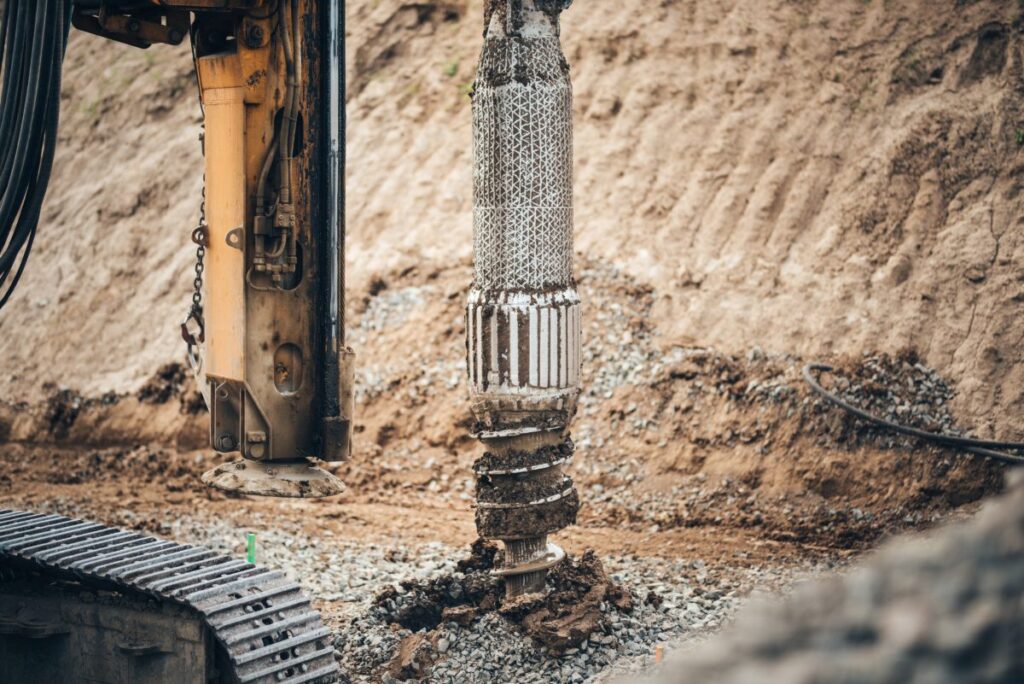
Proper Maintenance and Care During the Rental Period
Proper maintenance and care of rented dredging equipment is crucial to ensuring its efficiency and longevity throughout the rental period.
- How to Ensure Rented Equipment is Properly Maintained: Regular inspection and proper care of equipment during the rental period are essential to avoid unnecessary wear and tear. Follow the operational guidelines provided by the rental company to ensure that the equipment performs optimally. Regularly inspect the condition of critical components, such as hoses, pumps, and dredge heads, and clean them as necessary.
- Importance of Adhering to Operational Guidelines: By adhering to the rental company’s operational guidelines, you can avoid damage and costly repairs. Using dredge equipment according to the manufacturer’s instructions reduces the risk of malfunction, ensuring that the equipment performs as expected throughout the project.
Scheduling Equipment Rentals Effectively
Efficient scheduling of dredging equipment rentals is crucial to preventing delays and ensuring the equipment is available when needed.
- How to Plan and Schedule Rentals to Avoid Delays: Start by assessing the timeline for your project and the duration of the equipment’s use. Work with the rental company to ensure that the dredging gear rental aligns with your project’s start and end dates. Avoid last-minute rentals, as availability may be limited during peak demand periods.
- Coordinating Rental Periods with Project Timelines for Maximum Efficiency: To maximize the value of the rental, coordinate the rental period with the project phases. Renting dredge equipment in sync with the project timeline ensures that you don’t incur unnecessary costs for unused equipment, while also guaranteeing availability when the equipment is needed for critical tasks.
Communication with the Rental Provider
Clear and consistent communication with the rental provider is essential to ensure the success of your dredging project.
- Establishing Clear Communication for Troubleshooting and Support: It’s essential to maintain open lines of communication with the rental company to promptly address any issues that may arise during the rental period. Ensure that the rental provider offers 24/7 support or a dedicated contact person for troubleshooting equipment problems.
- Ensuring Any Operational Needs Are Discussed Upfront: Discuss any special operational needs or adjustments required before the rental begins. This could include technical training, equipment adjustments, or specialized accessories. Ensuring that these needs are addressed upfront allows for a smooth operational experience and helps avoid any delays caused by equipment issues.
By following these tips, you can maximize the value of your dredging equipment rentals, ensuring that the equipment operates efficiently, your project stays on schedule, and you avoid unnecessary additional costs.
Final Considerations for Maximizing ROI with Dredging Equipment Rentals
Renting dredging equipment provides flexibility, cost savings, and access to cutting-edge technology, making it an ideal choice for a wide range of dredging projects. By carefully assessing your project requirements, properly maintaining rented equipment, and scheduling rental periods effectively, you can optimize project efficiency and avoid unnecessary costs. Clear communication with your rental provider further ensures smooth operations, reducing the risk of delays or issues. To get the most out of your dredge equipment rental, explore rental solutions at New York Dredging Service tailored to your dredging needs.
